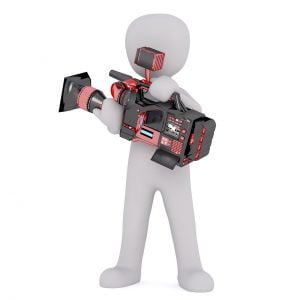Multimedia presentations may be viewed in person on stage, projected, transmitted, or played locally with a media player. A broadcast may be a live or recorded multimedia presentation. Broadcasts and recordings can be either analogue or digital electronic media technology. Digital online multimedia may be downloaded or streamed. Streaming multimedia may be live or on-demand.
Multimedia games and simulations may be used in a physical environment with special effects, with multiple users in an online network, or locally with an off-line computer, game system, or simulator. The various formats of technological or digital multimedia may be intended to enhance the users’ experience, for example to make it easier and faster to convey information. Or in entertainment or art, to transcend everyday experience.
Enhanced levels of interactivity are made possible by combining multiple forms of media content. Online multimedia is increasingly becoming object-oriented and data-driven, enabling applications with collaborative end-user innovation and personalisation on multiple forms of content over time.

Examples of these range from multiple forms of content on Web sites like photo galleries with both images (pictures) and title (text) user-updated, to simulations whose co-efficient, events, illustrations, animations or videos are modifiable, allowing the multimedia “experience” to be altered without reprogramming. In addition to seeing and hearing, Hap tic technology enables virtual objects to be felt. Emerging technology involving illusions of taste and smell may also enhance the multimedia experience.